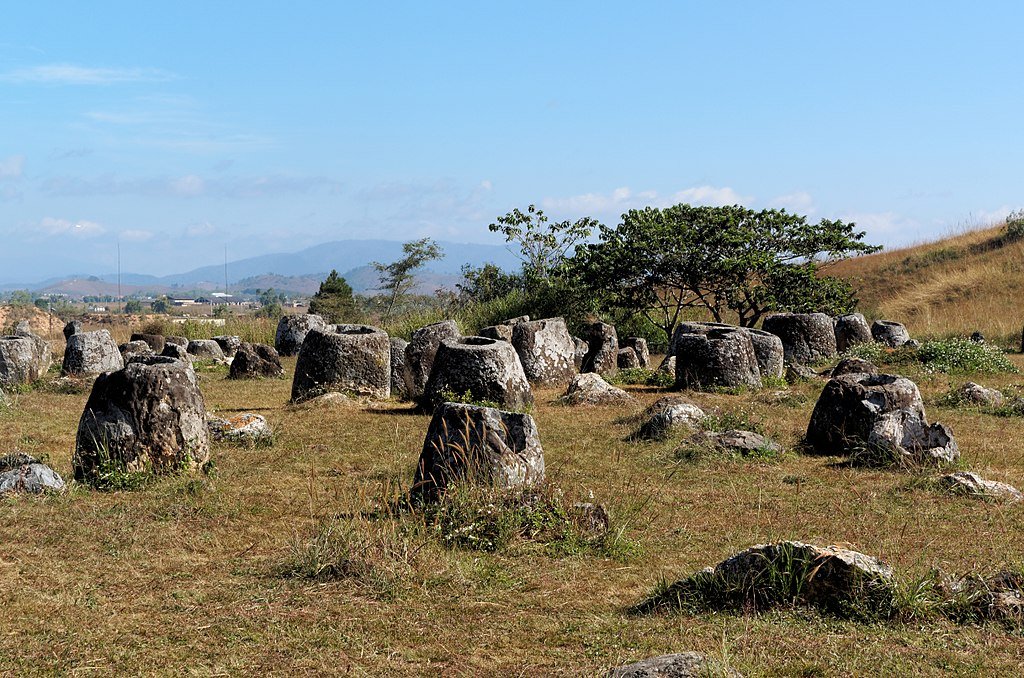Picture this: soaring high above rippling rivers, a fierce-eyed bird with a snow-white head and chocolate wings scans for prey. Once nearly erased from the American landscape, the bald eagle’s return isn’t just a story of survival—it’s a testament to hope, grit, and the power of science to right a wrong. For decades, this majestic symbol of the United States teetered on the edge of extinction, battered by invisible poisons and human misunderstanding. If you thought miracles were only for fairy tales, the comeback of the bald eagle might just change your mind.
The Rise and Fall of a National Icon
The bald eagle wasn’t always in trouble. In the early days of America, these powerful birds ruled the skies from Alaska to Florida. Their haunting calls echoed across lakes and forests, inspiring awe and patriotism. But by the mid-20th century, their numbers plunged at an alarming rate. Habitat loss, relentless hunting, and a deadly new threat—pesticides—began to spell disaster for the species. It seemed unthinkable that the very symbol of freedom might vanish from its homeland. This dramatic decline set the stage for one of the greatest wildlife recoveries ever witnessed.
DDT: The Silent Killer

The real villain of the bald eagle’s story wasn’t a predator or poacher, but a chemical: DDT. Introduced after World War II as a miracle pesticide, DDT promised to wipe out mosquitoes and boost agriculture. But this synthetic compound didn’t just target pests. It crept into waterways and the food chain, accumulating in fish—the bald eagle’s favorite meal. Over time, DDT weakened the birds from the inside out, causing their eggshells to thin and shatter before chicks could hatch. Imagine an entire generation of eagles unable to survive before even breaking free of their shells. The consequences were devastating.
Eggshells: Fragile Hopes
The impact of DDT on eggshells was shocking. Scientists found that eagle eggs became so fragile, a mother’s gentle weight could crush them. The population plummeted as nests failed, year after heartbreaking year. Researchers scrambled for answers, studying eggs and documenting the microscopic changes in their shells. These tiny fractures revealed a much bigger crisis. The heartbreak was not just scientific—it was deeply personal for wildlife biologists who watched nest after nest fail. The silence where eagle cries once rang out haunted entire communities.
The Endangered Species Act: A Turning Point
In 1973, the U.S. government made a bold move by passing the Endangered Species Act. This landmark law was more than just paperwork—it gave bald eagles a fighting chance. For the first time, it became illegal to harm, harass, or even disturb these birds and their nests. Conservationists gained new tools to protect habitats and punish those who didn’t follow the rules. The act marked a dramatic shift in how Americans viewed their wildlife—not as resources to be used, but treasures to be saved. It was a lifeline thrown to a drowning species.
Banning DDT: Science Leads the Way
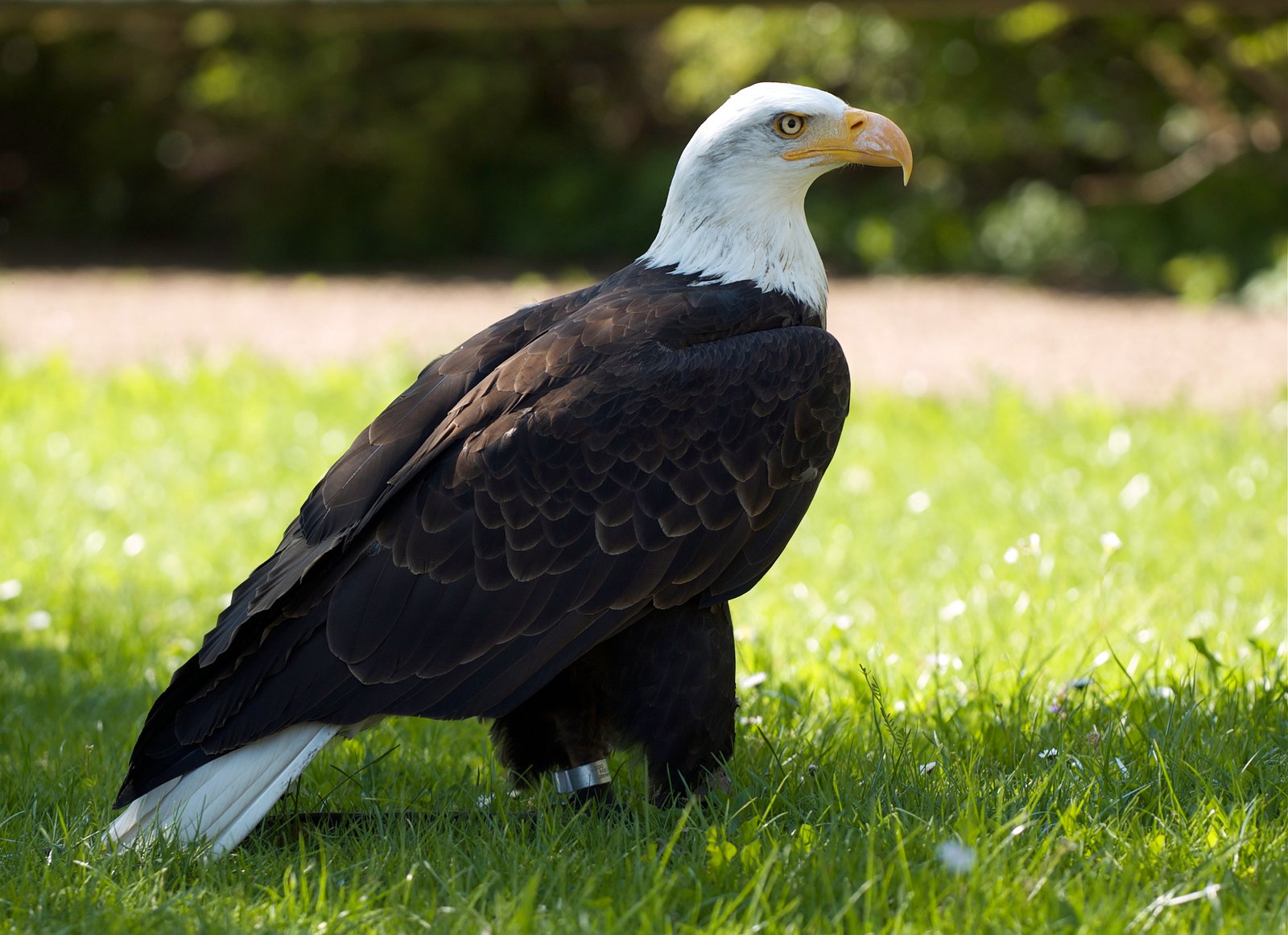
The scientific evidence against DDT grew impossible to ignore. In 1972, the United States banned the pesticide for most uses, a controversial but critical decision. This wasn’t just about eagles—people worried about the chemical’s impact on their own health, too. By listening to scientists and acting on their warnings, policymakers took a leap of faith. The ban on DDT is often cited as one of the most important environmental decisions of the 20th century. For the bald eagle, it was the first real sign that a comeback was possible.
Nesting Programs: Hands-On Hope
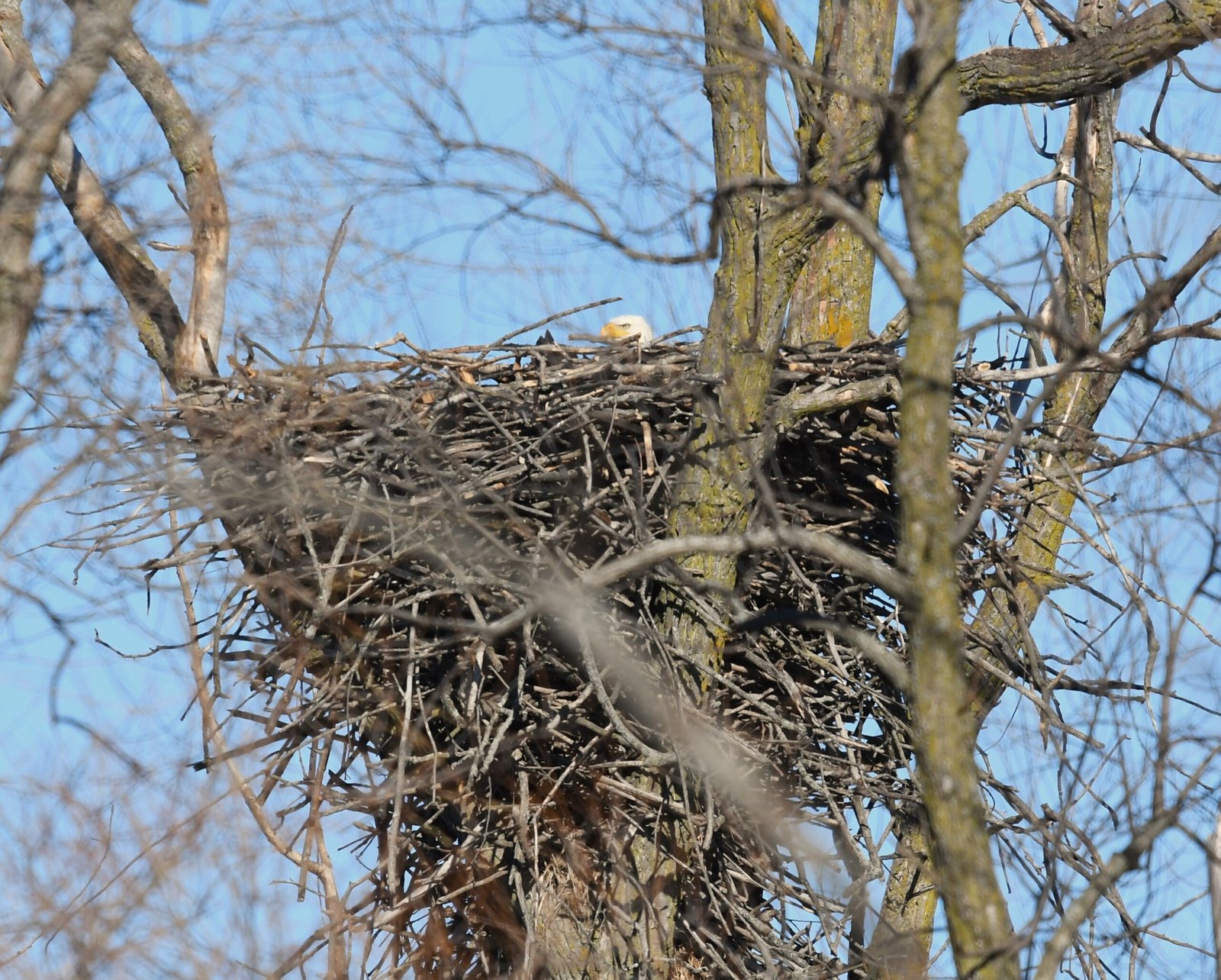
Saving the bald eagle wasn’t just about laws and bans. Across the country, wildlife agencies and volunteers began hands-on programs to help eagles recover. They built artificial nests, relocated eggs, and even fostered chicks from failing nests to healthier ones. In places like Alaska, Minnesota, and Florida, these efforts brought new life to empty skies. The work was painstaking and sometimes heartbreaking, but each success sparked hope. These programs showed what can happen when people refuse to let a symbol die.
Citizen Science: Ordinary People, Extraordinary Impact
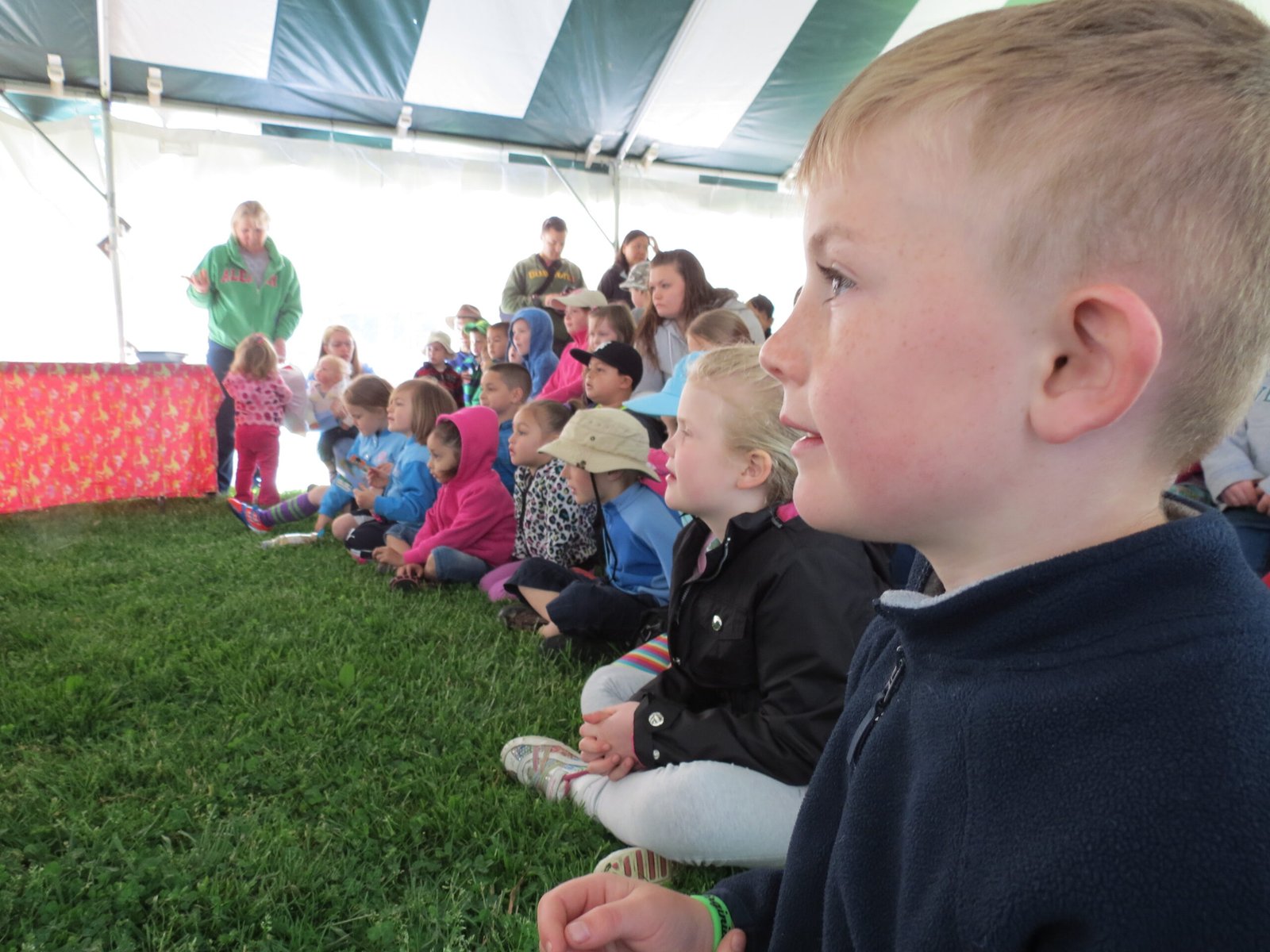
Eagles haven’t just been saved by scientists and officials—ordinary people played a massive role, too. Birdwatchers, boaters, and hikers learned to spot nests and report sightings. Schoolchildren raised money for eagle habitats, and artists painted murals to inspire their communities. The sight of a soaring eagle became a rallying cry for conservation. Every person who chose to respect a nesting site or support local wildlife made a difference. It’s a reminder that you don’t have to wear a lab coat to save a species.
Habitat Restoration: Bringing Back the Wild
Eagles need more than just clean water and air—they need healthy, wild places to live. Conservation groups worked tirelessly to restore wetlands, replant forests, and protect old-growth trees. These efforts benefited not just eagles, but countless other animals and plants. Restoring a single riverbank could mean the difference between life and death for a nest of eaglets. The ripple effects of habitat restoration are still being felt today, as new generations of eagles find homes in places where they once vanished.
Monitoring the Comeback: Science on the Frontlines
Keeping tabs on bald eagle numbers isn’t easy. Biologists climb trees, paddle rivers, and fly over forests to count nests and track chicks. They band young eagles with tiny ID tags and use satellite transmitters to follow their journeys across the continent. Data collected year after year tells a remarkable story: from just 487 nesting pairs in the lower 48 states in 1963, the population has soared into the thousands. Each successful nest is a victory that fuels the next chapter of recovery.
Genetic Diversity: Safeguarding the Future
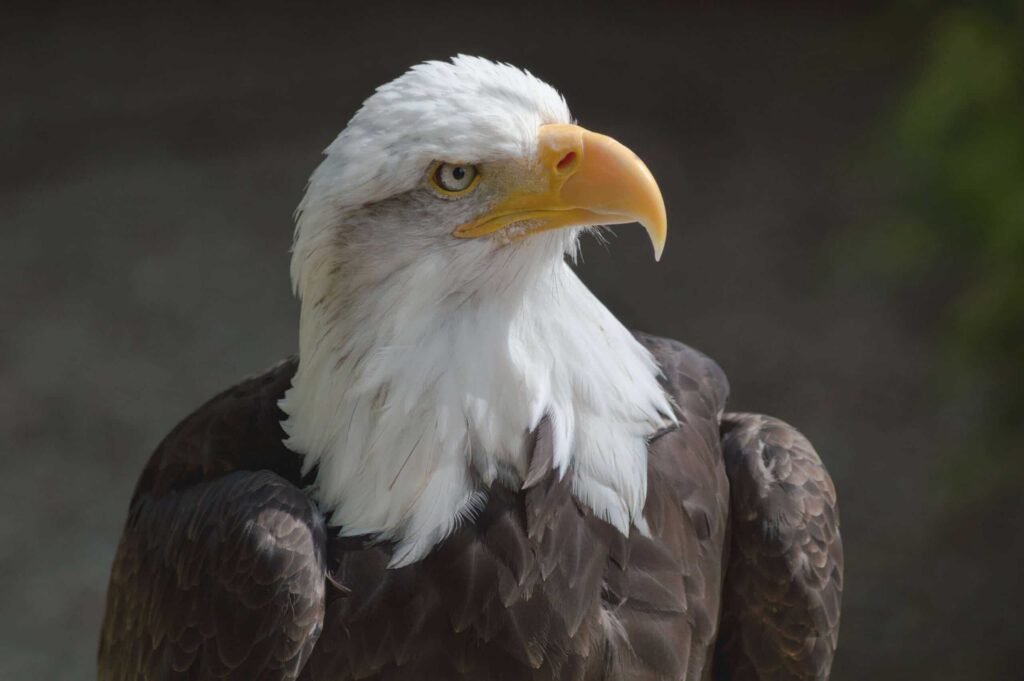
When a species drops to dangerously low numbers, genetic diversity can take a hit. Scientists worry about inbreeding and diseases that could threaten the comeback. Luckily, eagles are wide-ranging, and their remnant populations were scattered across different regions. By mixing genes from different areas—sometimes by moving eggs or chicks—conservationists kept the population healthy. This attention to genetics ensures that bald eagles can adapt to changes and challenges still to come.
Climate Change: A New Challenge Looms
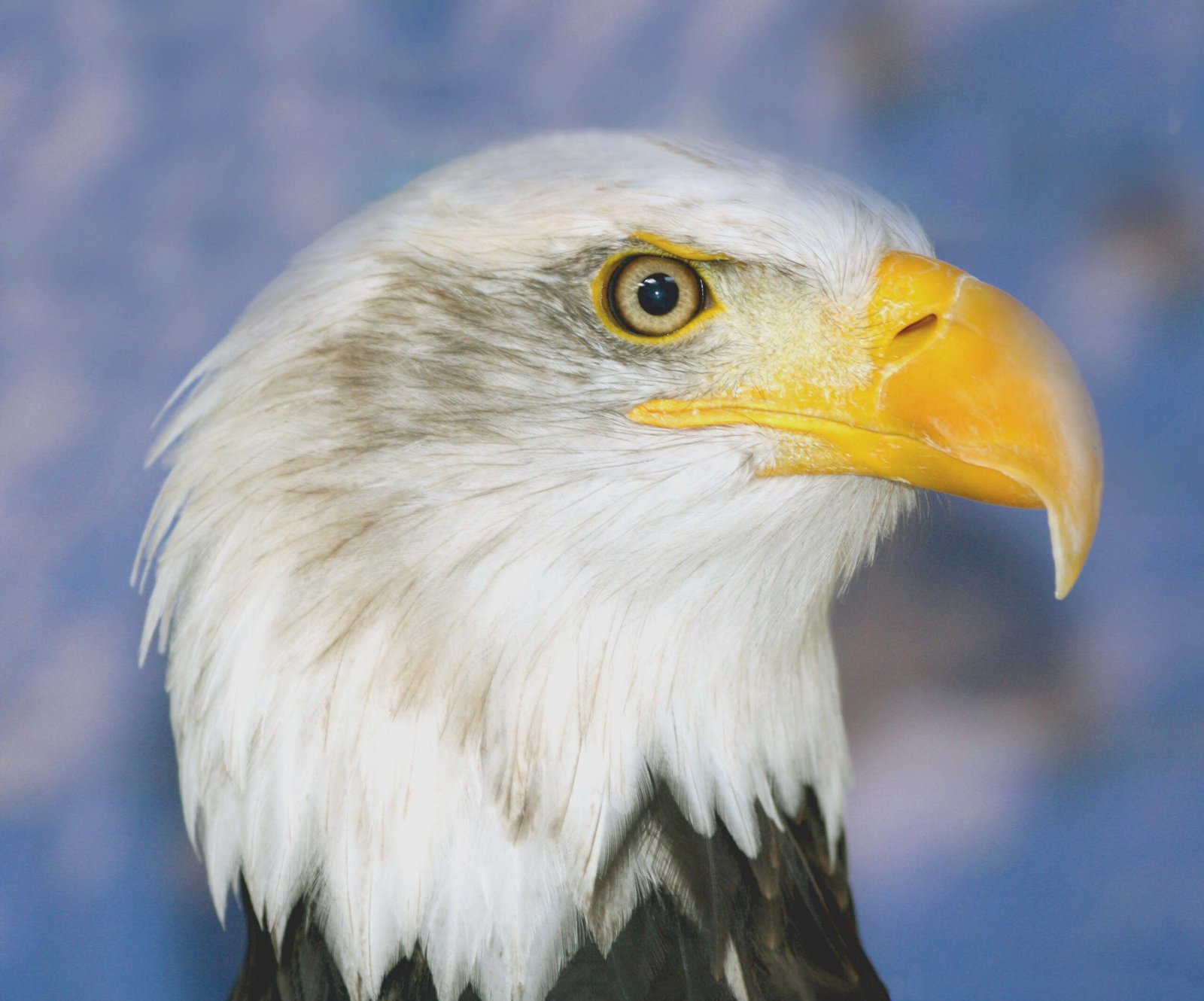
As bald eagles return, they face a new and unpredictable threat: climate change. Rising temperatures, shifting seasons, and extreme weather events can disrupt nesting and food supplies. Melting ice in the north and changing river patterns in the south may push eagles to adapt all over again. Conservationists are watching closely, hoping that the resilience that saved eagles from DDT will help them face this next test. It’s a race against time, but the eagle’s fighting spirit gives hope.
Human Encroachment: Old Problems, New Forms
While DDT is gone, development keeps creeping into wild spaces. New roads, houses, and industries can disturb eagle habitats or fragment nesting territories. Some eagles adapt, nesting on cell towers and tall buildings, but not all thrive in these altered landscapes. Protecting enough quiet, wild places remains a constant struggle. Each new building project brings tough decisions about how to balance human needs with the needs of wildlife. The challenge is ongoing, but so is the commitment to protect these birds.
Success Stories: From Coast to Coast
Across the United States, communities celebrate the bald eagle’s return in unique ways. In the Chesapeake Bay, local festivals honor the sight of eagles fishing in the morning mist. In Alaska, eagles gather by the thousands to feast on salmon, drawing visitors from around the world. In Florida, eagle nests dot the landscape, sometimes just a stone’s throw from bustling cities. Each region’s success story adds another chapter to the eagle’s legend, inspiring new generations to care for nature.
Cultural Significance: More Than Just a Bird
The bald eagle is woven into the fabric of American identity. From the Great Seal of the United States to currency and sports logos, this bird stands for freedom, strength, and resilience. Indigenous peoples have revered the eagle for centuries, seeing it as a messenger between earth and sky. The loss of the eagle would have meant more than the disappearance of a species—it would have been a blow to the nation’s soul. Its comeback is a victory for culture as much as for conservation.
Educational Impact: Inspiring the Next Generation
Eagle recovery projects have become powerful tools for teaching kids about science, conservation, and the environment. Classroom lessons on eagle biology spark curiosity, while field trips to see real nests kindle lifelong passion. Eagles appear in books, documentaries, and even classroom mascots. The story of their comeback shows students that real change is possible, and that human actions—good or bad—can shape the world. It’s a living lesson in hope, responsibility, and wonder.
The Power of Partnerships
No single group saved the bald eagle. Success came from partnerships between government agencies, nonprofits, scientists, landowners, and everyday citizens. These alliances crossed political, geographical, and cultural lines. Working together, people shared knowledge, resources, and determination. The lesson is clear: when we unite for a common cause, even the most daunting challenges can be overcome. The eagle’s comeback is proof that teamwork can move mountains—or at least bring a bird back from the brink.
Watching Eagles Today: A Thrill for All
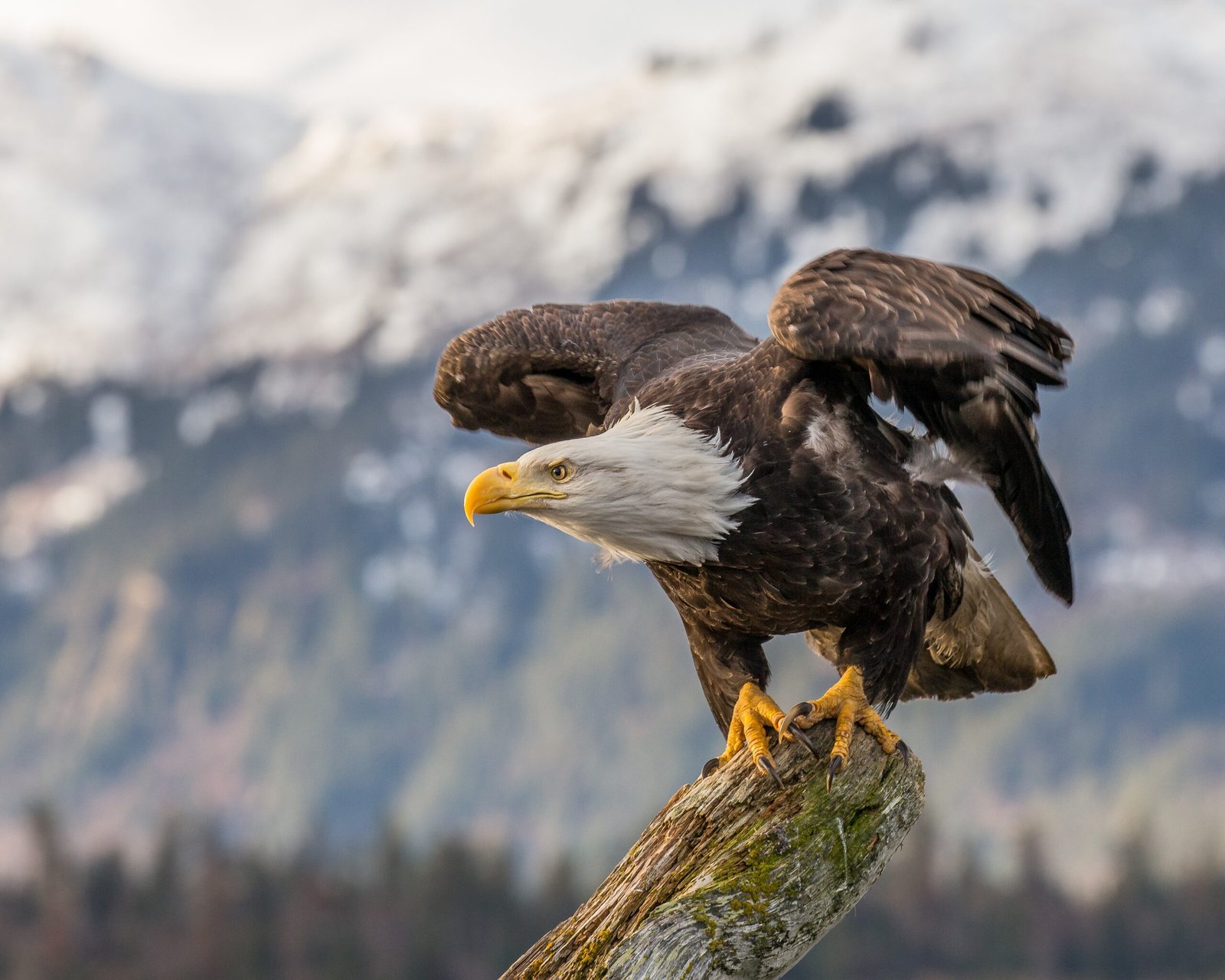
Spotting a bald eagle in the wild is a heart-pounding experience. Whether perched high in a pine or diving for fish, these birds captivate all who see them. Eagle-watching hotspots now dot the map, drawing nature lovers of all ages. Some parks even offer live eagle cams, streaming the drama of nest life straight to your screen. Witnessing a pair raise their young is a reminder of nature’s resilience and the rewards of patient stewardship. Each sighting feels like a little victory.
Ongoing Vigilance: Staying Alert
The bald eagle comeback is no reason to relax. Poaching, pollution, and new diseases could threaten hard-won gains. Conservationists keep a close eye on eagle health, ready to act if trouble looms. Public education campaigns encourage respect for nests and safe fishing practices. The work is never truly done, but every successful year adds strength to the population. Staying vigilant is the price of victory—a lesson learned from the past.
Lessons Learned: Hope for Other Species
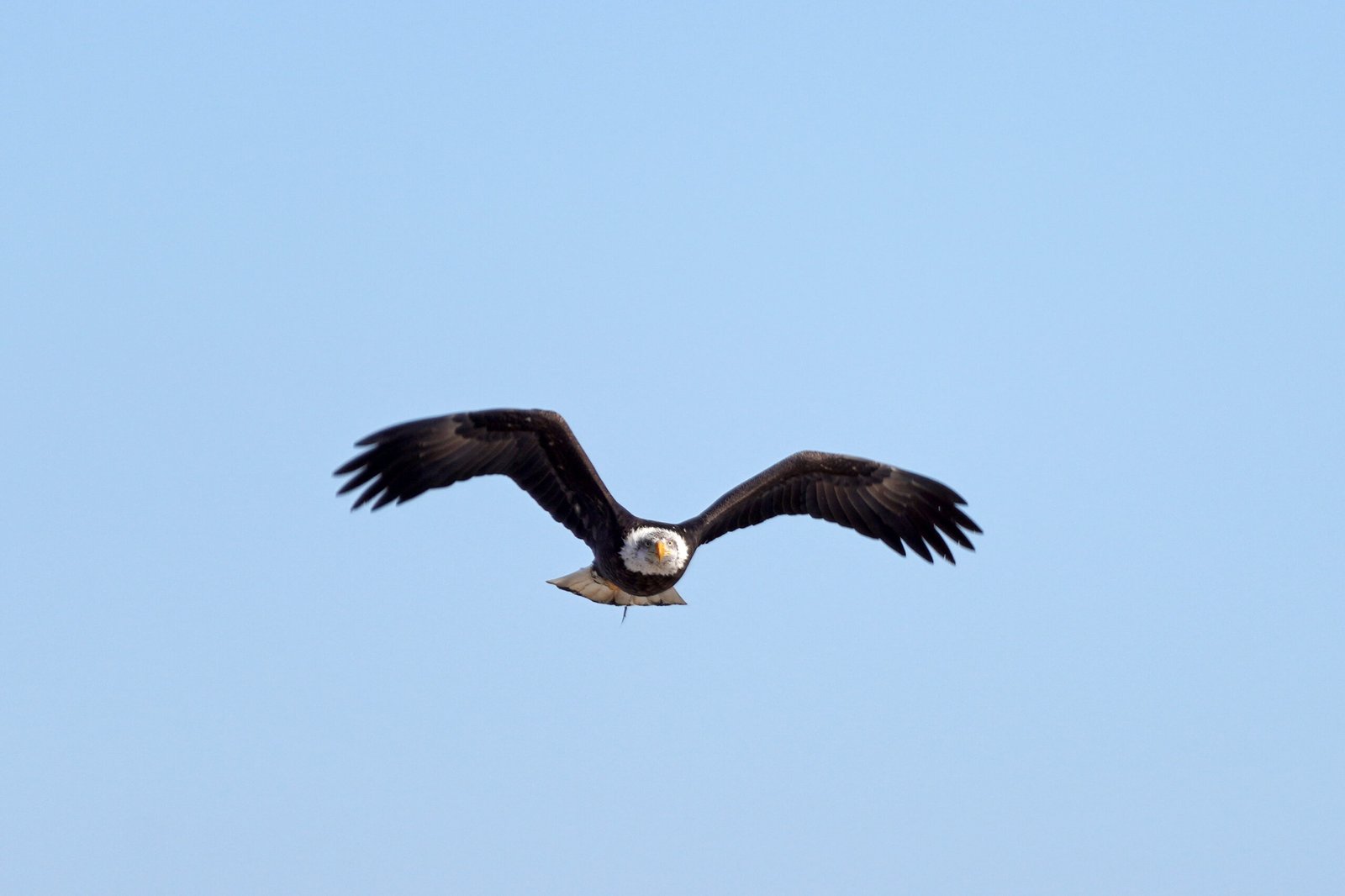
The bald eagle’s recovery isn’t just good news for birds—it’s a blueprint for saving other endangered species. From California condors to gray wolves, similar strategies are being used to bring back the rare and the threatened. The eagle teaches us that science, law, and community action really can change the world. Each comeback, no matter how small, proves that extinction isn’t inevitable. Hope, once fragile as a thinning eggshell, is now soaring on broad, bold wings.
Reflections on Resilience
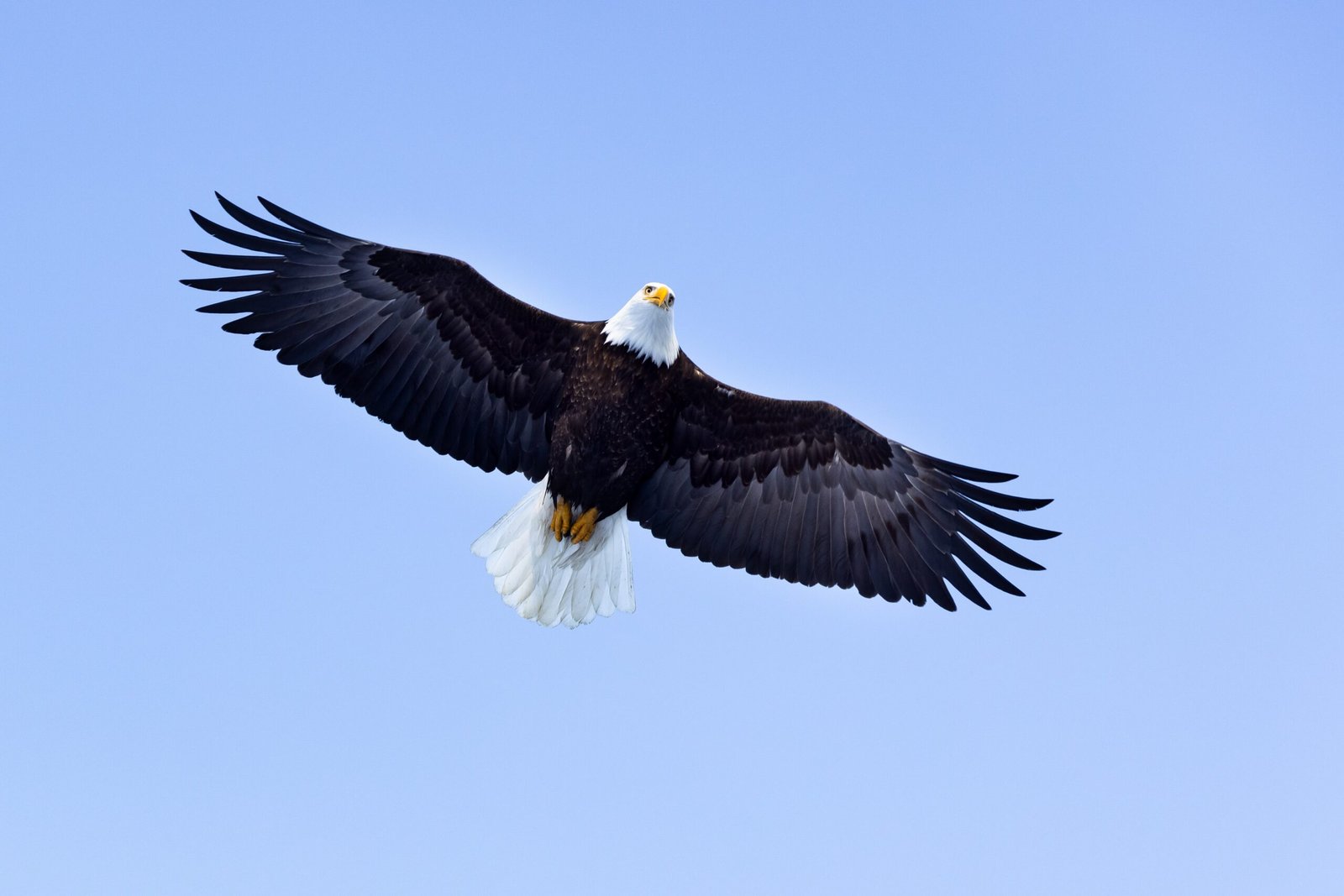
The bald eagle’s journey from the edge of oblivion to a thriving future is nothing short of inspiring. It reminds us that with determination, science, and a little bit of luck, we can fix even our gravest mistakes. The sight of an eagle soaring overhead is more than just a pretty view—it’s a living symbol of what we can achieve when we work together. Will we remember the lessons of the eagle as new challenges arise?




